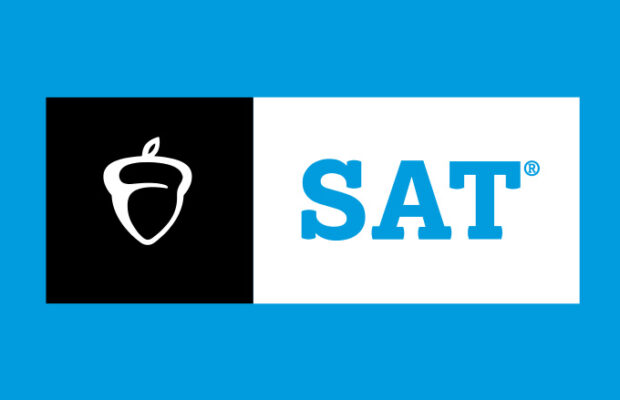‘Money-saving’ Wal-Mart trips prove expensive in long haul
By Briana McGeough 2008
A penny saved is a penny earned … Today’s youth don’t know the value of a dollar … Both of these statements are probably true, but Americans are going about it the wrong way when it comes to saving their money. While Wal-Mart’s Discount Super Centers have lower prices than traditional retail stores, the true price of supporting Wal-Mart is much greater than the few dollars you’ll save by shopping there.
Wal-Mart is the epitome of a corporate giant. More money passes through Wal-Mart every day than passes through the federal government. They do more business annually than Target, Sears, K-Mart, JC Penny, Safeway and Kroger combined. Wal-Mart even controls 35 percent of national food sales. With $288 billion worth of sales annually, it should be able to treat communities and people better.
Economic Loss:
When Wal-Mart comes to a town, economic loss is virtually guaranteed. For every two jobs that Wal-Mart creates, three jobs are lost. Tens of thousands of independent, locally-owned shops have close because of Wal-Mart’s powerful empire.
In 2004 alone, Wal-Mart opened 242 new Super Centers, abandoning many of its older buildings. The 150 empty spaces in malls where Wal-Mart once occupied have caused economic turmoil in many smaller towns. And although this is not the case at College Square, Wal-Mart is also infamous for holding its leases when it leaves an area, making it so toher anchor stores cannot replace then. This causes many of the shops around a former Wal-Mart store to close, further reducing Wal-Mart’s competition.
Low Wages:
The businesses that close offer much higher wages than Wal-Mart. Wal-Mart’s average wage is below the legal poverty line for a family of three. These lousy wages are not necessary for the industry that Wal-Mart is in. Costco, a direct competitor to Wal-Mart, is able to pay $16 an hour, that is 65 percent more per hour than Wal-Mart. When it comes to company health insurance, 82 percent of Costco employees have it, compared to an abysmal 48 percent of Wal-Mart’s employees. Wal-Mart spends an average of $2,000 less per employee on insurance than other companies.
Taxpayers complement Wal-Mart’s employee’s wages, so they have a livable salary. While it is nice the Wal-Mart is willing to employ mentally handicapped people and other people that have trouble finding a job, I don’t feel that I should have to pay for their wages through my family’s tax dollars. Over 1/2 of Wal-Mart’s employees qualify for welfare; this adds up to $1.5 billion in welfare given to Wal-Mart employees yearly and this figure doesn’t even include state spending on Medicaid, food stamps and housing assistance. Washington state reports that Wal-Mart employees are the single largest group of beneficiaries in its low-income program.
Employee Treatment:
Wal-Mart is not know for treating its employees well. Beyond the low wages and poor benefits, there are plenty of other ways that Wal-Mart takes advantage of its employees. Because of a court settlement, Wal-Mart was forces to pay $50 million to 69,000 employees for forcing them to work off the clock. Of the 128 stores audited, 127 of them did not comply with the company’s work break policy that is clearly state in employee’s contracts.
Taxpayers’ dollars are also used for basic construction cost that typically storeowners pay themselves. Wal-Mart has received over $1 billion in subsidies to pay for roads leading to its stores, gas and electricity hookups and even incentives to bring the company to their towns. Small businesses rarely, if ever, received such assistance. Several towns have even evicted their small businesses to make room for a Wal-Mart. Our small businesses and taxpayers deserve better.
What’s more, Wal-Mart hardly even pays into this tax system that has made its company so successful. Over half of the state allow Wal-Mart to avoid paying state taxes by transferring locally earned profits to tax-free states where they are stationed. There is no way that locally-owned businesses have that option; they must pay taxes on every cent of their earnings.
Outsourcing;
Sam Walton’s original “Made in America” policy is ancient history. Now, over 70 percent of Wal-Mart’s products are manufactured in China. Wal-Mart has such overwhelming buying power that it puts extreme pressure on their 61,000 suppliers to lower their prices. Altogether, these companies have resorted to sending over a million American jobs overseas to meet the price demands of their number one customer. Most of Wal-Marts’s suppliers that refused to move their company to foreign nations have closed. To make ends meet, some overseas factories are paying young children three cents an hour to work in unsanitary, dangerous sweatshops.
Although you may save a few measly dollars by shopping at Wal-Mart, your tax money is not only being given to some Wal-Mart employees as welfare, but it is also being used for financial assistance for the millions of people whose companies have closed due to Wal-Mart’s booming business. Next time you are checking out at a Wal-Mart cash register, just remember, your job might be the next one lost, and you are paying for it to happen.









You must be logged in to post a comment Login